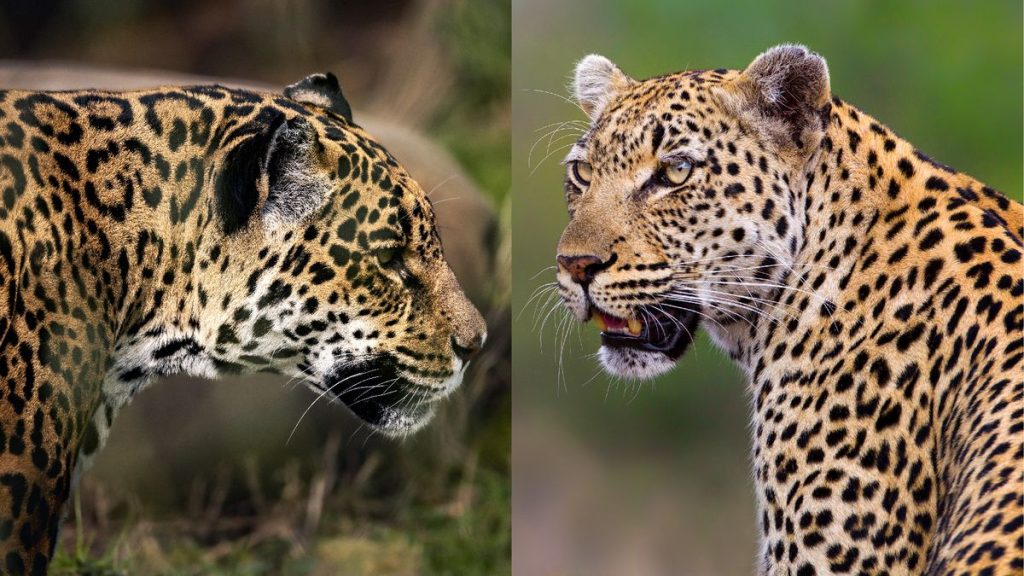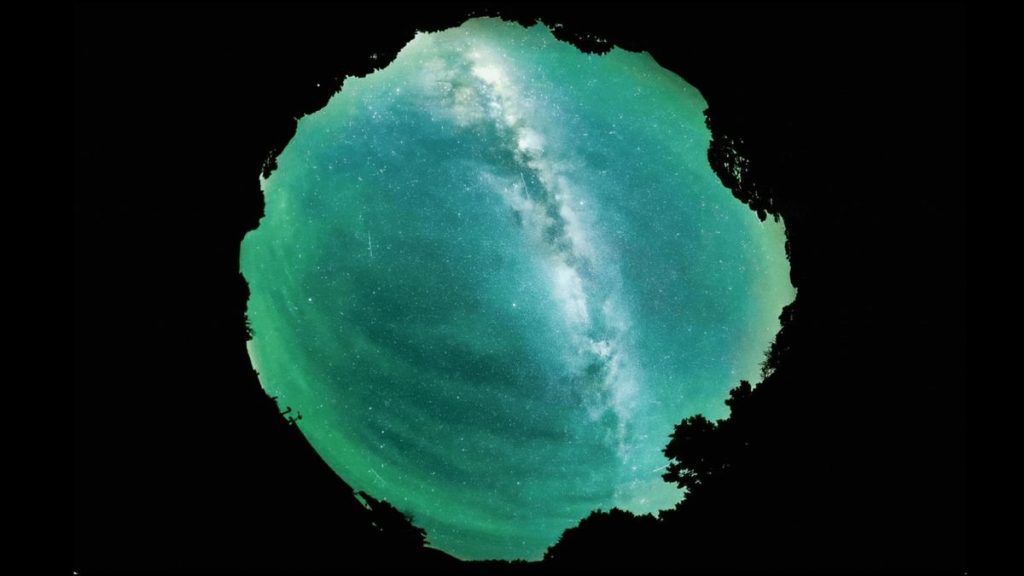Now Reading: How Sally Ride blazed a trail for women in space
-
01
How Sally Ride blazed a trail for women in space
How Sally Ride blazed a trail for women in space

On June 18, 1983, Sally Ride would become the first American woman to launch into space. She had already survived NASA’s grueling training and a barrage of tests, but there was another hurdle to cross before she boarded the Challenger space shuttle—overcoming the scrutiny of the media and the public.
In the lead-up to the launch, the astronaut fielded questions about menstruation, fashion, and even whether she might cry in space. Despite long-standing biases about women’s ability to withstand the rigors of space flight, here’s how Sally Ride broke barriers—and changed the face of the space program along the way. Dive into Ride’s journey with the award-winning film Sally, airing on National Geographic June 16 and streaming June 17 on Disney+.
Sally Ride’s early life and career
Born in Los Angeles in 1951, Ride successfully turned a childhood interest in science, spurred in part by a chemistry set, into a storied STEM career. Though she almost pursued a career in tennis—she was a nationally-ranked player as an undergraduate at Swarthmore College and then Stanford University—the young Ride instead opted for a career in astrophysics.
Ride was completing her doctorate at Stanford when she saw the newspaper ad that would change her life—and the history of space flight. NASA was recruiting for its 1978 class, and for the first time, women were invited to apply.
Though women had already been to space—Soviet cosmonaut Valentina Tereshkova had paved the way in 1963—NASA had long resisted the idea of women astronauts. In the early 1960s, 13 women participated in a privately funded program designed to test whether women could succeed in space. But though the group passed the same set of tests as NASA astronauts, the Woman in Space Program was ditched in 1962.
(Here’s why women may be best suited for spaceflight.)
That year, during Congressional hearings on the feasibility of sending women to space, astronauts John Glenn and Scott Carpenter testified against the program, claiming women were not qualified because they were not military test pilots—a longstanding requirement for NASA astronauts—even though that profession, too, was closed to women.
But by the time Ride applied to the agency in 1978, NASA had dropped that requirement. As Ride read the ad’s list of applicant qualifications, she realized that, in her words, “I’m one of those people.” Indeed, she was one of six women selected for the class of 35 out of an applicant pool of 8,000.

The Challenger shuttle lifts off from the launch pad at Kennedy Space Center in Florida on June 18, 1983.
With this historic launch, Sally Ride became America’s first female astronaut to go into space. This was Challenger’s second mission and the seventh space shuttle launch.
Photograph by Robert Alexander, Archive Photos/Getty
Ride’s journey to space exploration
Sally Ride and her fellow women astronauts kept their heads down and tried their best not to garner special attention. Five years later, after mastering various behind-the-scenes roles at mission control and helping develop the International Space Station’s robotic arm, Ride was chosen as a crew member for mission STS-7, a June 1983 flight on the Challenger shuttle.
You May Also Like
(Read how Ride helped inspire this astronaut hopeful.)
The media and NASA itself struggled to figure out what to make of the personable, straightforward scientist. As it prepared for the flight, NASA suggested she take 100 tampons for a week-long mission and even created a makeup kit for her to take to space. (She didn’t.) Meanwhile, the media barraged her with frivolous questions. “Everybody wanted to know what kind of makeup I was taking up—they didn’t care about how well-prepared I was to operate the arm or deploy communication satellites,” Ride had told feminist leader and political activist Gloria Steinem in a 1983 interview.
Despite the pressure, Ride’s first flight—a six-day satellite deployment and retrieval mission—was a success, landing at Edwards Air Force Base on June 24, 1983. So was her second mission, an eight-day flight in 1984. And though Ride’s third flight was canceled after the Challenger was lost, she continued to work for NASA. She retired from NASA in 1989, becoming a professor of physics at the University of California, San Diego, and director of the University of California Space Institute. She later created her own company, Sally Ride Science, designed to encourage girls and women to pursue STEM careers.

Sally Ride stands near the monodisperse latex reactor experiment and displays the array of tools at her disposal on the mid deck of the Earth-orbiting Space Shuttle Challenger. Ride and four other astronauts aboard shared duties aboard the reusable spacecraft.
Photograph by NASA

Astronaut Sally Ride communicates with ground controllers from the mid deck of the Earth-orbiting Space Shuttle Challenger. Ride monitored the continuous flow electrophoresis system experiment during the mission.
Photograph by NASA
Sally Ride’s death and legacy
Ride broke barriers in life and in death. On July 23, 2012, she died of pancreatic cancer at just 61—and the obituary that she had prepared prior to her death included a line about her 27-year-long relationship with a woman, her business partner Tam O’Shaughnessy. Coming out during her life “doesn’t seem to have occurred to her and certainly would have jeopardized her chance to go to space if not killed it outright,” wrote Ann Friedman for The American Prospect, noting that as late as 1990, seven years after Ride first went to space, NASA had made moves to disqualify people from the space program based on their sexual orientation. Though that rule was never passed and the agency now has an office dedicated to its LGBTQ employees, there has never been an openly LGBTQ astronaut.
In 2013, Ride was posthumously awarded the Presidential Medal of Freedom by President Barack Obama.
There have been other American women in space, however—more than 40 of them—and in 2019, American astronauts completed a historic all-woman spacewalk. “Now people don’t notice there are women going up on space shuttle flights,” Ride said in 2002. “It’s happening all the time.” Today, the very normalcy of women’s participation in the space program is a testament to Ride’s pioneering career—and, by 2024, NASA may even land the first woman on the moon as part of its upcoming Artemis mission.
Sally begins airing on National Geographic June 16 and streams on Disney+ June 17. Check local listings.

Sally Ride’s iconic flight jacket. Ride wore this uniform on her historic first ride into space on June 18, 1983, with the STS-7 space shuttle mission.
Photograph by Mackenzie Calle, Nat Geo Image Collection

In 2019, Sally Ride’s image was immortalized in a Barbie doll. Ride serves as a role model for generations of young women.
Photograph by Mackenzie Calle, Nat Geo Image Collection























